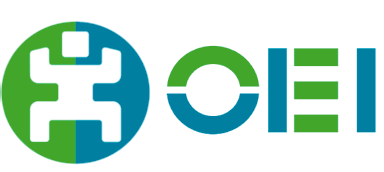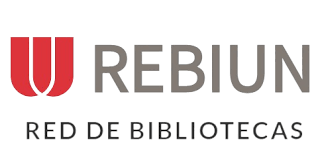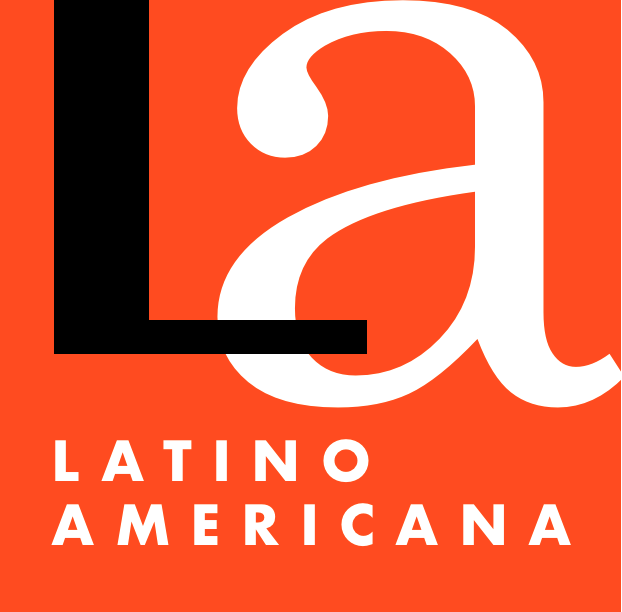The Grouping of Students according to Levels of Academic Performance. A Subtle Form of Segregation
DOI:
https://doi.org/10.4067/S0718-73782017000100001Keywords:
School segregation, Inclusive education, Grouping of students, Academic performanceAbstract
There is a wealth of research on the effects on student performance of the ways in which students are grouped in schools or within classrooms (Dupriez, 2010). The findings consistently show the unintended consequences of grouping according to learning levels as a measure of responsiveness to diversity. However, this form of organising teaching is widespread in many countries, with one of the most common ways being to separate students by achievement levels, either in different classrooms or within the same classroom, in all or some subjects.
The idea underlying this approach is that teaching is more effective to the extent that the composition of the group is more homogeneous in terms of ability and willingness to learn, on the assumption that students learn more and better when they are grouped with others who are academically similar. Some of the arguments in favour of this position are based on the belief that the mixing of students with different abilities or learning levels affects group outcomes, because low-performing students tend to level down and may even affect the performance or progress of more academically talented or advantaged students. Other arguments relate to the preparation and demands placed on teachers to work with increasingly heterogeneous groups, under the pretext that they do not have the skills required to diversify teaching and respond to different abilities, rhythms and learning styles. This is not a trivial issue in the context of the pressures for results that teachers and schools experience and the limited support resources they generally have to deal with diversity in the classroom.
Published
How to Cite
Issue
Section
License
Copyright (c) 2017 Revista Latinoamericana de Educación Inclusiva

This work is licensed under a Creative Commons Attribution 4.0 International License.
Creative Commons Reconocimiento (by)
Esta licencia permite la explotación de la obra, así como la creación de obras derivadas, la distribución de las cuales también está permitida con la condición de que se haga referencia expresa al autor/a, es decir, que aparezca su nombre en cualquier uso o acto de explotación que se haga de la obra.












